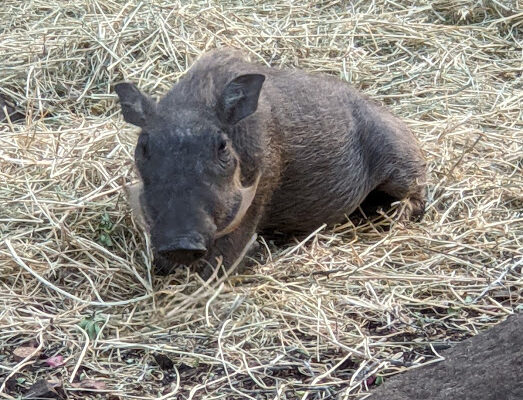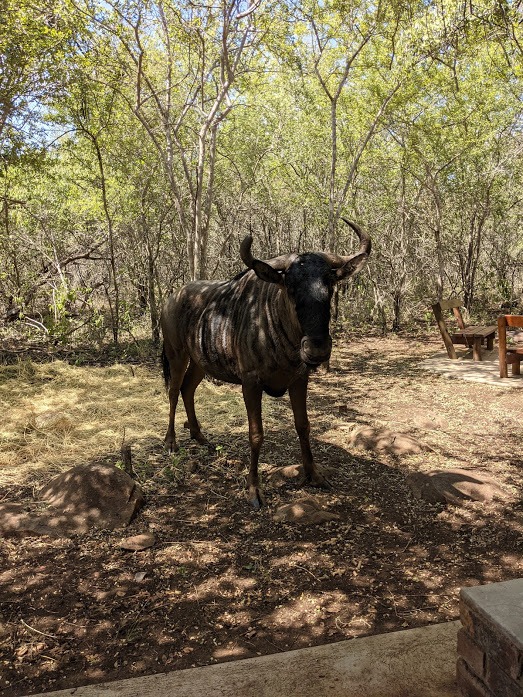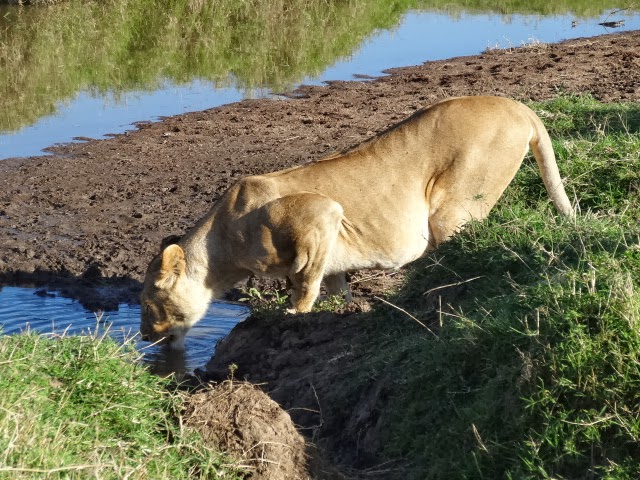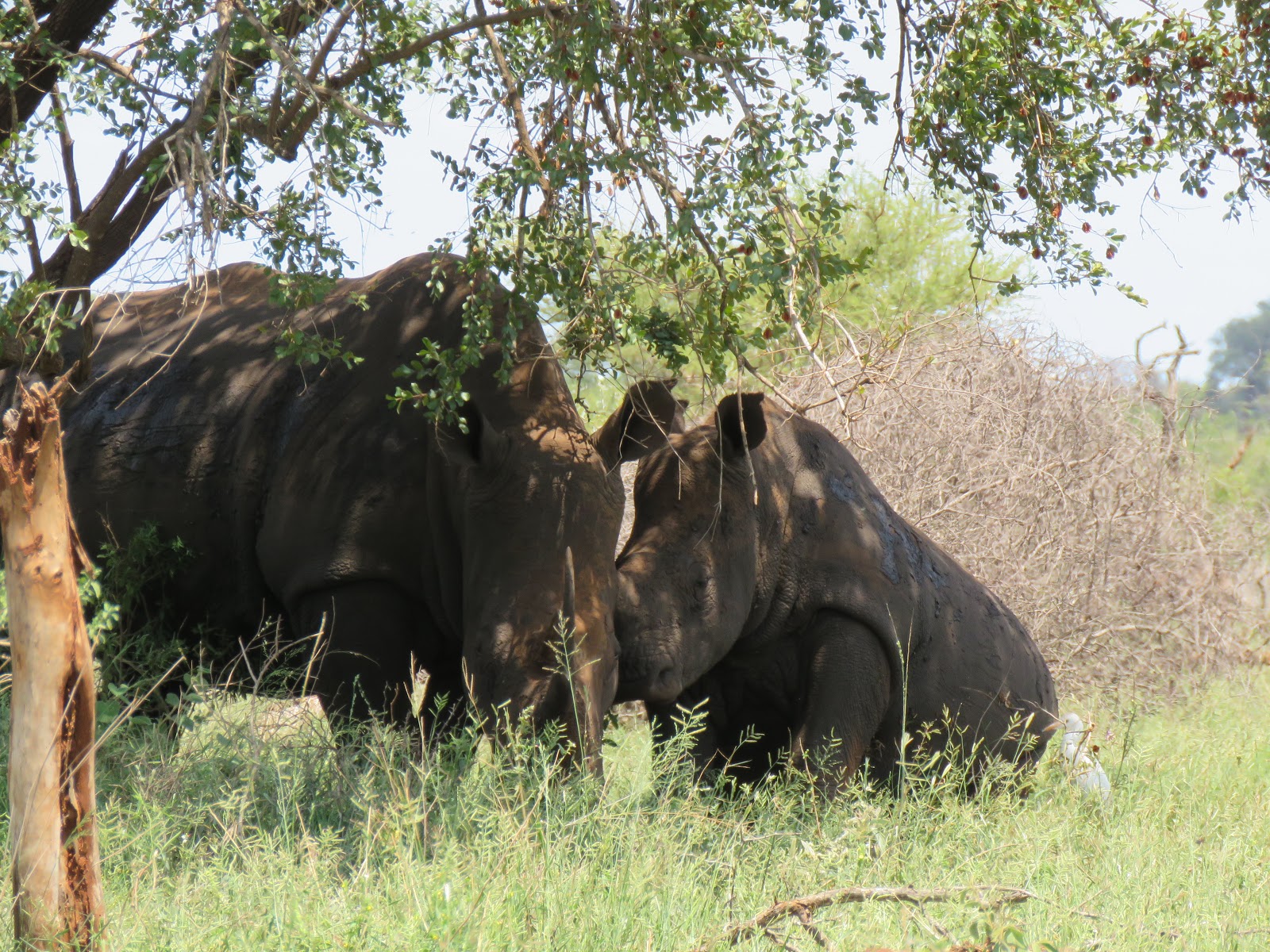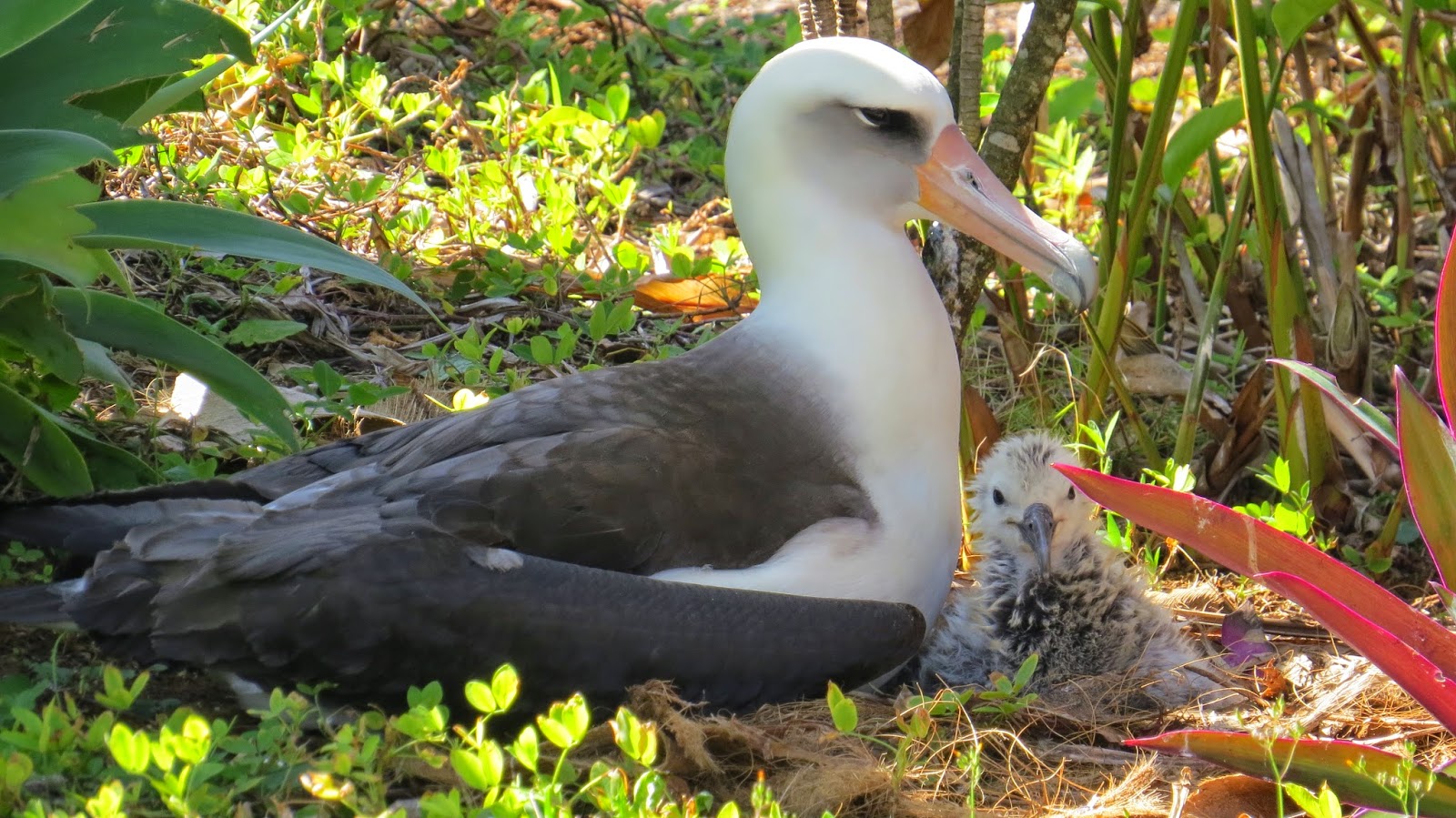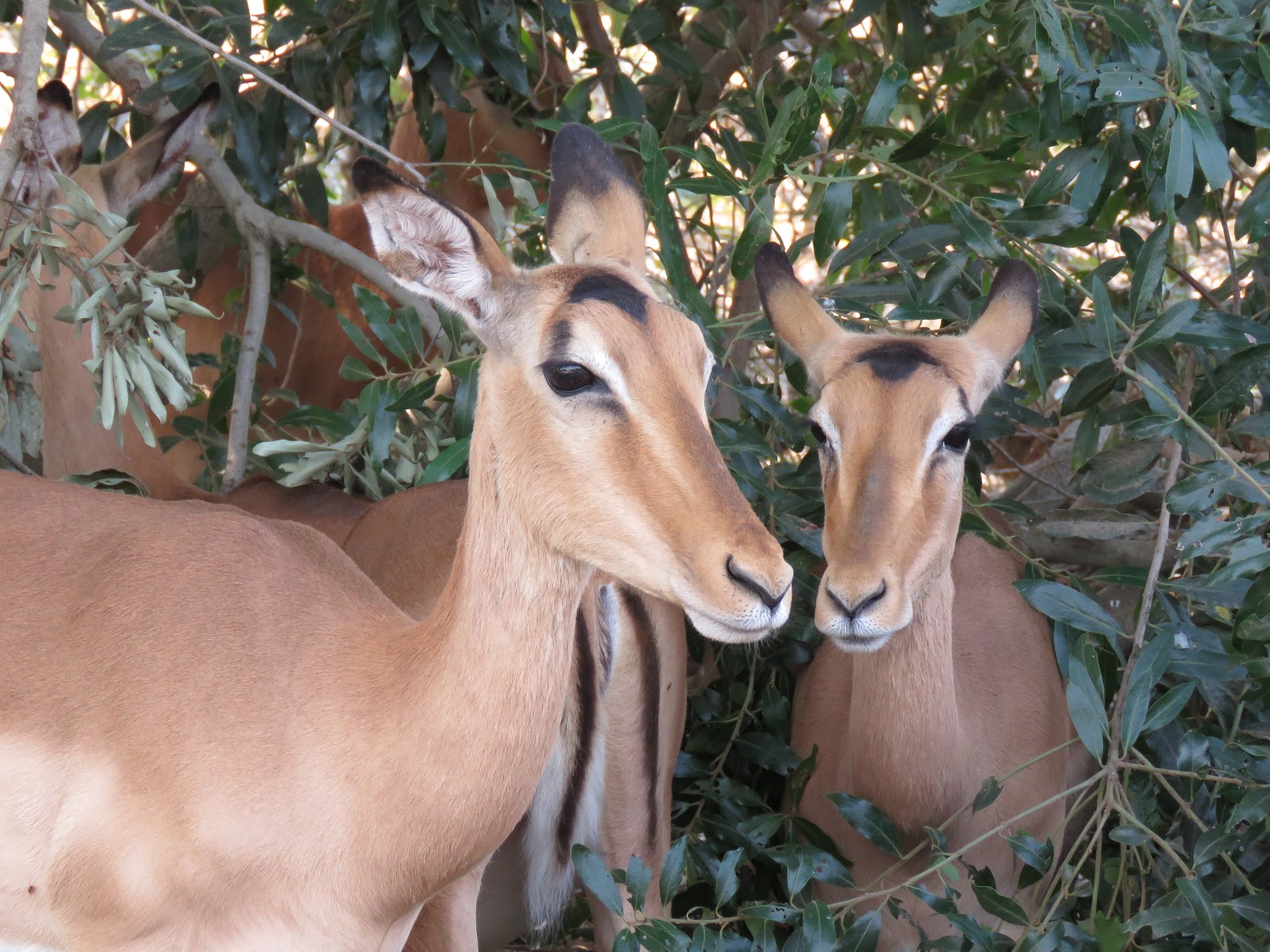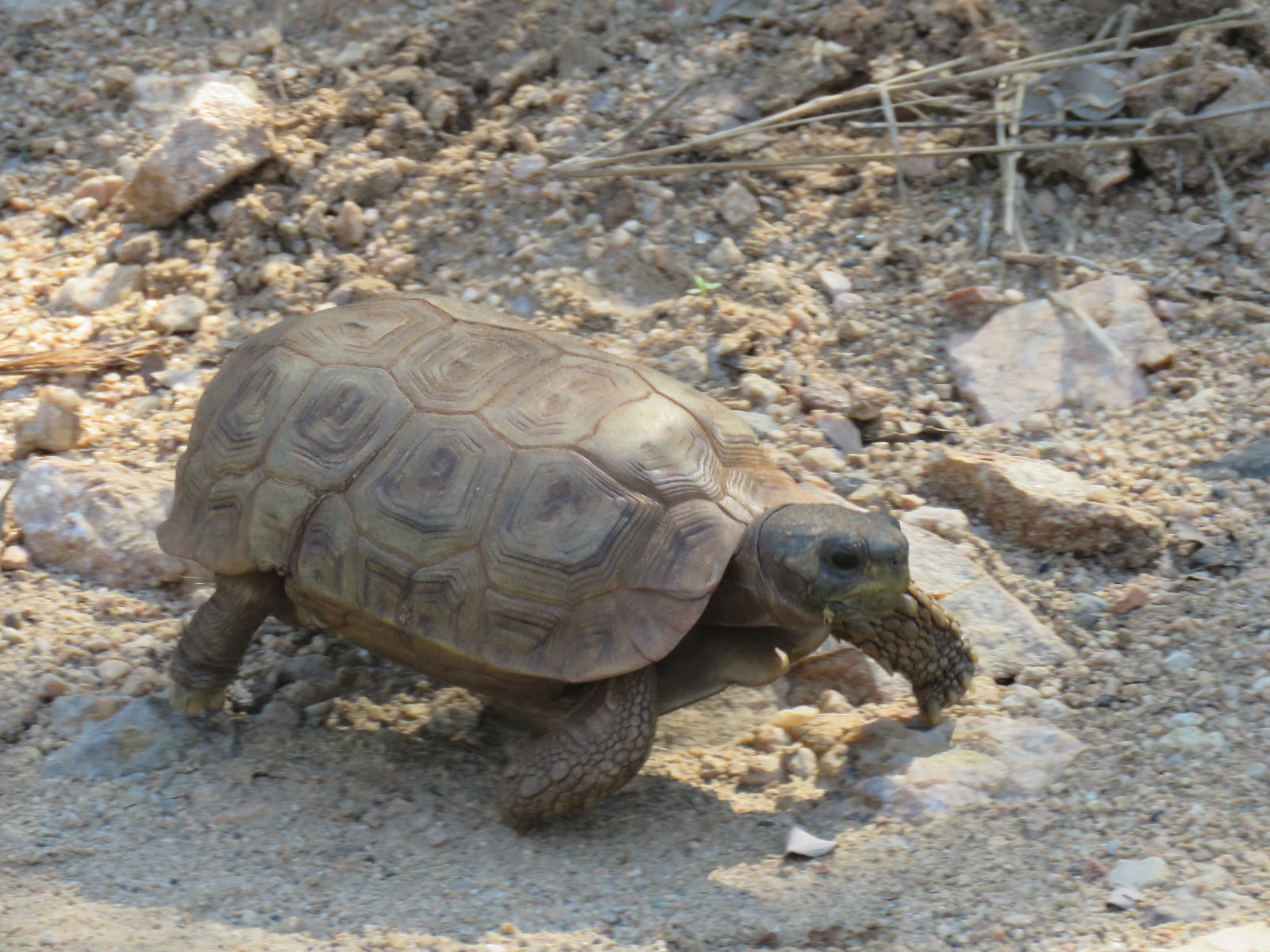
At the moment, “load shedding” is happening and I can’t use my laptop. For some reason, I can’t get my phone’s data to tether to my laptop. I can’t worry about that now Eskom, the power company shuts off power to specific areas at certain times to reserve power resources, an average of twice a day, usually for two to three hours.
Last night the power was out between 1:00 am and 3:30 am. Danie rigged up an inverter for us so we could use two fans to keep cool. Although we awoke when the power went off the two fans served us well. It’s very hot at night in this area. Sleeping is nearly impossible without at least a fan.
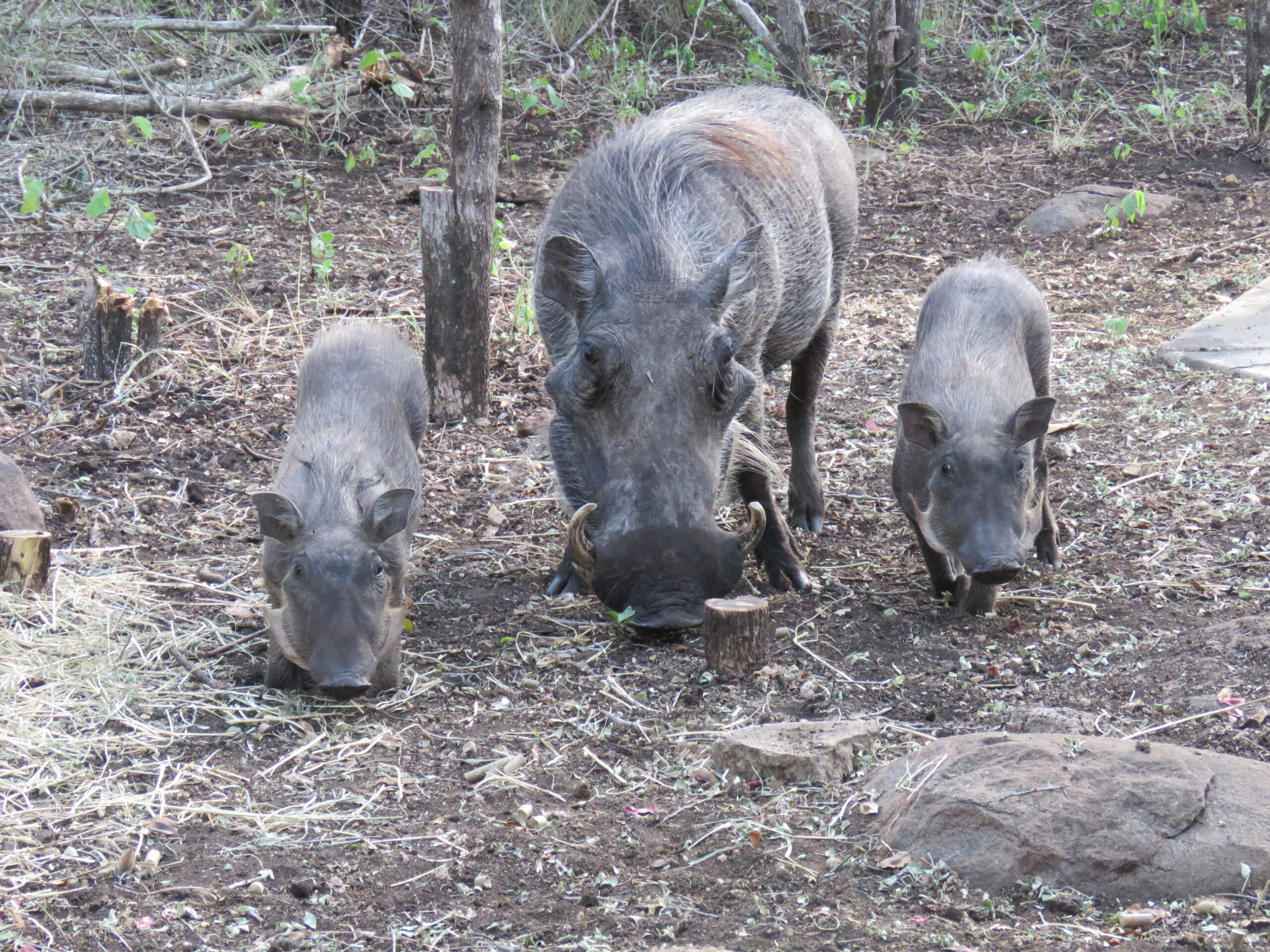
\We experienced load shedding during our past visits to Marloth Park. We can live with this. It’s a reality of life in the bush, a small inconvenience in the realm of things.
As for the issues with photos not showing in the posts, I believe I have resolved it with a suggestion from our web people. It was entirely my doing. After today, I will replace all of the posted photos with the correct extensions and the photos will appear at these links:
January 14, 2021 link here.
January 13, 2021 link here.
I was uploading photos from my phone without changing the extension as a JPEG. I don’t know how I missed this!
My camera isn’t taking good photos due to humidity issues. We will figure out all of this to ensure we can capture decent shots to upload. It may take a few days, but rest assured, I am working on all of this
Soon, Moses, Louise, and Danie’s electrician will arrive to set up the inverter to work with the router. Once done, we’ll be able to be online during the outages. This will help greatly, especially since I do the posts in the mornings in order to free up my afternoons for other tasks, photo ops, and sightseeing.
It’s been so long since we’ve taken photos we are a little rusty. By no means an expert photographer, it’s always a work in progress.
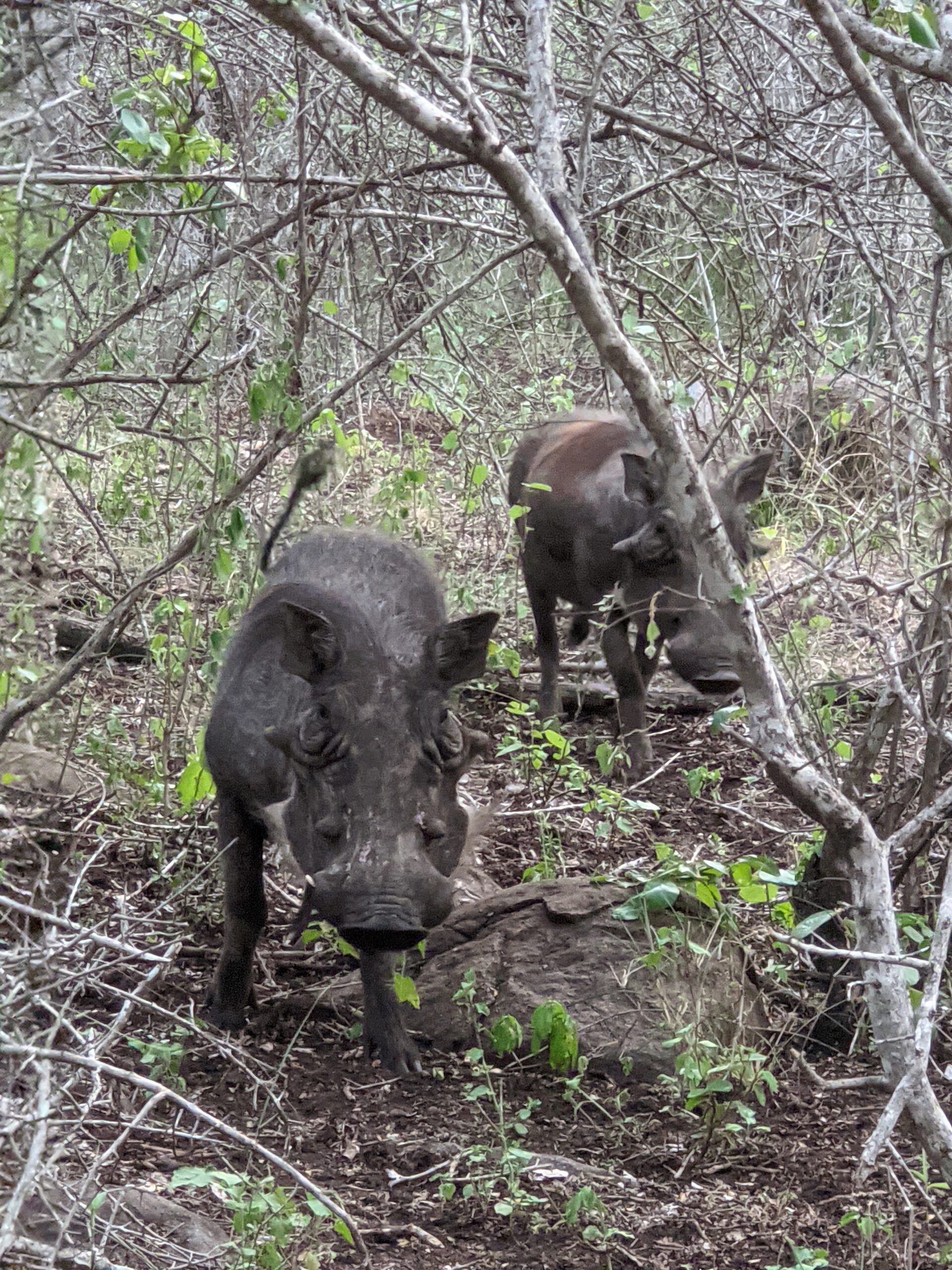
The wildlife continues to visit with two new species today. We look forward to sharing our photos in the months to come. Due to the fact I will be removing and replacing all the photos from the past few days, I may not do the India expenses today after all. The temps are in the 90F, 38C, range and it’s just too hot to think about numbers.
Thanks for your patience with our photo issues. Hopefully, now it will be resolved.
Have a pleasant day!
Photo from one year ago today, January 15, 2020:
 |
| Three years ago, Tom and I sat in the hotel bar in Palermo, Buenos Aires watched the Minnesota Vikings playoff game. We were the only patrons in the bar, but had a wonderful evening together. For more, please click here. |

